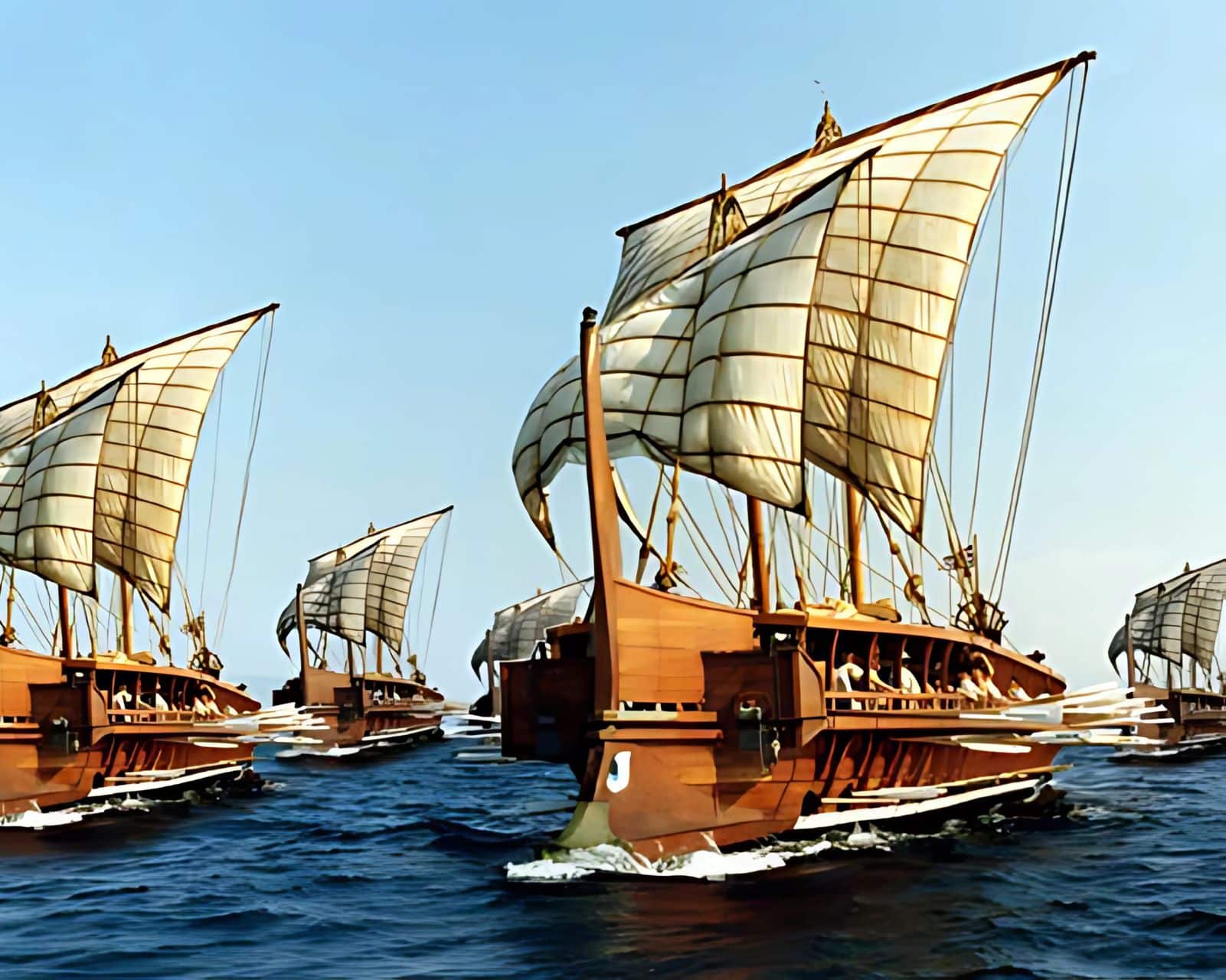

Ancient Greek ship names did more than identify vessels—they carried deep meanings meant to boost morale and unity among sailors. A new study by Georgios Apeitos, from the University of Oxford’s School of Archaeology, reveals that warships in fourth-century BC Athens bore names filled with myth, values, and emotion.
These names helped crews connect with their ships, turning vessels into powerful symbols of identity and purpose.
Published in the Journal of Maritime Archaeology, the study examines over 270 unique names listed in the “Naval Inventories of Athens,” a set of stone inscriptions that documented the Athenian navy’s assets. These records were not just about logistics—they preserved the spirit of Athens’ naval power.
Researchers found that ancient Greek ship names fell into clear patterns. Many triremes—three-tiered oared warships—were named after gods, heroes, virtues, or abstract ideals. Names like “Nike” (Victory), “Demokratia” (Democracy), and “Eleutheria” (Freedom) appeared again and again.
Others referenced mythology, like “Achilleia” after Achilles, or “Thetis,” the sea nymph and mother of Achilles. These names weren’t random. They were tools of military psychology.
As the study explains, naming a ship was more than tradition or practicality. Each name acted as a symbol, giving the vessel and crew an identity. Crews often referred to their ships in personal terms. These names helped shape how sailors saw their mission, their team, and even themselves.
Apeitos argues that this practice created a stronger bond between sailors. By seeing their ship as a living entity—blessed by gods or tied to heroic traits—crews felt more united. This sense of shared identity helped them face the dangers of naval warfare.
In some cases, multiple ships shared the same name across different decades, suggesting a belief in “lucky” names and legacy.

As the dominant sea power of its time, Athens invested heavily in its navy. These ships were not just tools of war. They were extensions of Athenian values and state pride.
After devastating losses like the defeat at Aegospotami in 404 BC, Athens rebuilt its fleet and identity, starting with the ships.
The study notes that even minor design elements supported this symbolism. Triremes were painted with eyes, carried protective idols, and displayed the name on their hull. The result was a vessel that looked and felt like it had life and purpose.
Apeitos also links this naming practice to theories of group cohesion and social identity. Trireme crews worked under high stress and faced constant danger.
Names like “Aid” or “Justice” weren’t just decorative. They offered reassurance and focus, and made sailors feel they were part of something greater.
Most names fell into categories such as mythology, virtues, physical traits, or even emotions. A few were unusual—one ship bore a name that translates to “Comedy,” another to “Child-huntress,” a puzzling and rare term. But overall, names served to project strength, speed, and divine favor.
The data comes from inscriptions studied over nearly two centuries. Scholars had long used the Naval Inventories to understand Athenian naval logistics. Apeitos is the first to treat the names themselves as central evidence of how ancient navies shaped morale.
His research concludes that naming a trireme was a strategic act. It was a way to instill pride and unity into the crew, and fear in enemies. Sailors didn’t just row a ship—they became part of its story.
In a time when sailors faced death at sea with no chance of retreat, the name painted on the hull could be the anchor of courage.
These names, once etched into stone, now reveal a sophisticated blend of culture, strategy, and psychology behind one of the ancient world’s most formidable navies.
